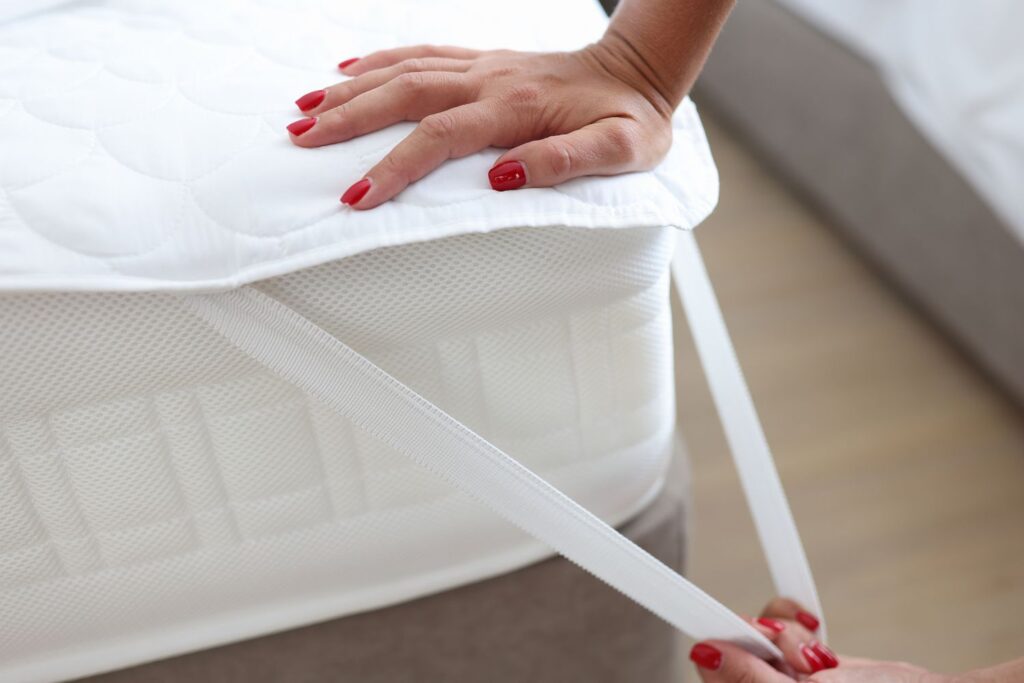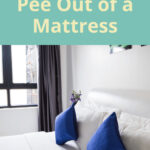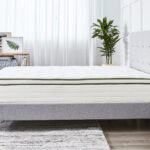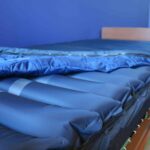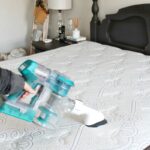Are you looking for a way to improve your sleep experience? One of the easiest and most affordable solutions is to invest in a mattress pad. But what is mattress pad? A mattress pad is a protective layer that is placed on top of a mattress to provide cushioning, support, and protect the mattress from dirt and dust. It also helps to extend the life of the mattress and can provide extra comfort. In this article, we will explore the benefits of adding a mattress pad to your bedroom, as well as the different types available.
Definition of Mattress Pad
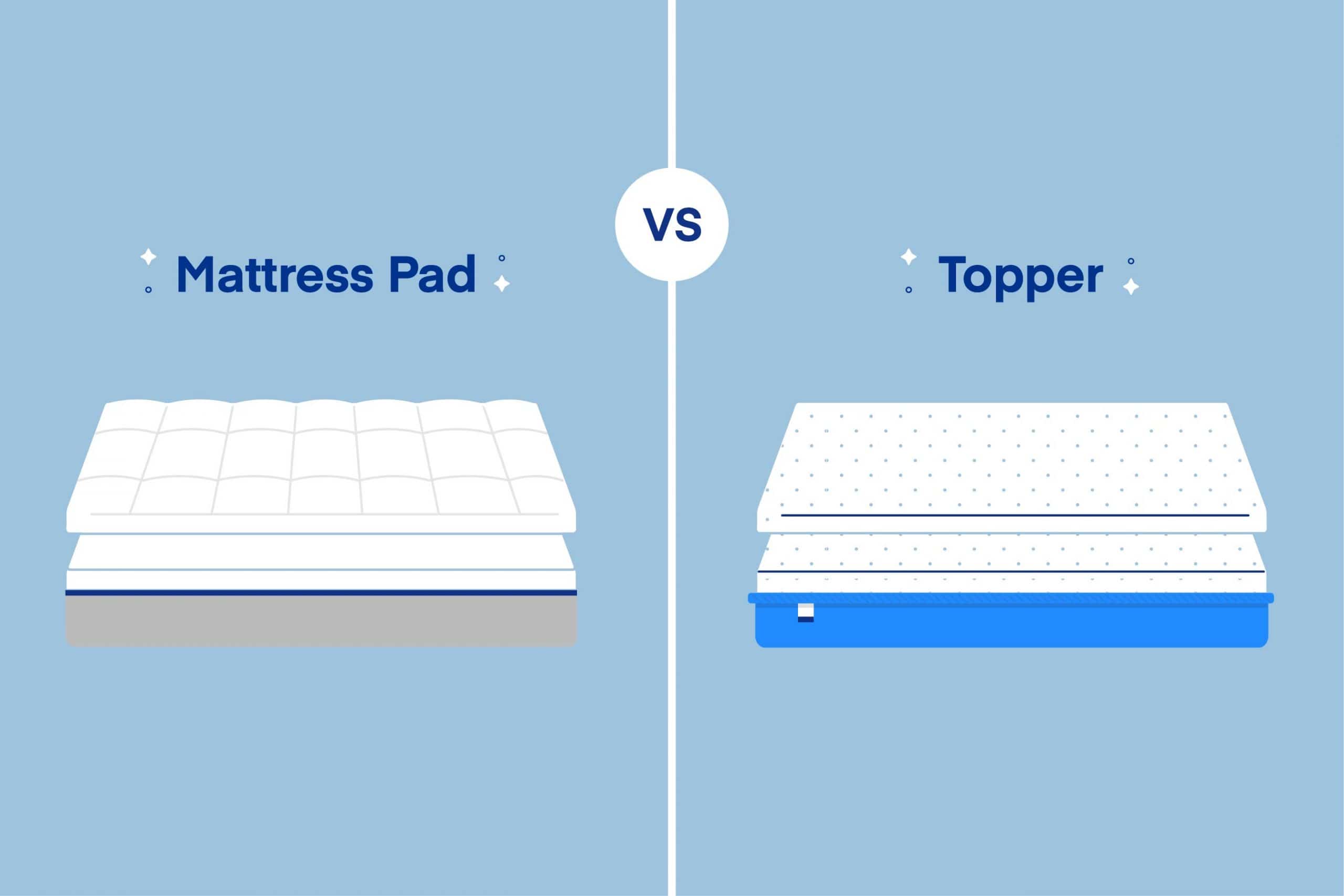
What is Mattress Pad?
A mattress pad is a thin layer of padding, typically made of cotton, polyester, foam, or a combination of these materials, that is placed atop a mattress to provide additional comfort. It may also be referred to as a mattress topper.
What are Mattress Pads?
Mattress pads are designed to offer extra comfort to a mattress, providing a softer sleeping surface and improved support. They can also be used to protect a mattress from spills or wear and tear, adding an extra layer of protection. Additionally, mattress pads can help to regulate temperature, as well as providing a comfortable and cozy sleeping environment.
Types of Mattress Pads

Mattress pads are essential bedroom accessories that provide an extra layer of comfort, protection, and convenience to your bed. There are several types of mattress pads available, each with its own unique benefits:
- Fitted Mattress Pads
-
- Fitted mattress pads are designed to fit snugly over your mattress and feature elastic bands that fit around the corners of your mattress. This type of mattress pad provides a layer of protection from dust, dirt, and allergens.
-
- Quilted Mattress Pads
Quilted mattress pads feature a quilted top layer that adds an extra layer of comfort to your mattress. These mattress pads also provide additional protection from dust, dirt, and allergens.
-
- Heated Mattress Pads
Heated mattress pads provide an extra layer of comfort on cold nights. These mattress pads feature an electric heating element that evenly distributes heat to ensure a warm, comfortable sleep.
-
- Waterproof Mattress Pads
Waterproof mattress pads are designed to provide an extra layer of protection from liquids, such as sweat and other bodily fluids. These mattress pads are also great for providing an extra layer of protection from dust mites, allergens, and bacteria.
No matter which type of mattress pad you choose, it is sure to provide an extra layer of comfort and protection to your mattress.
Benefits of Using Mattress Pads
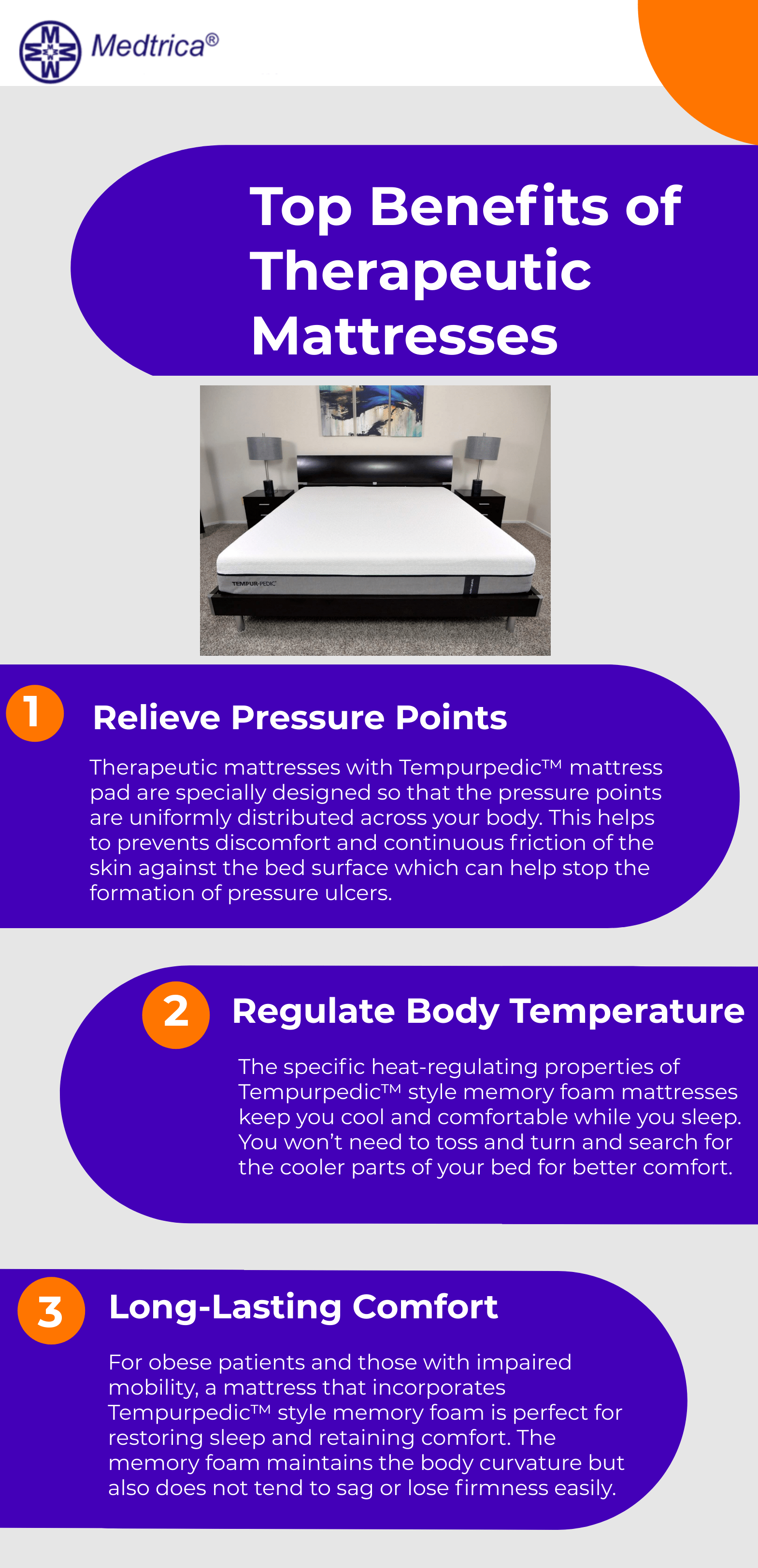
- Protection: Mattress pads provide an extra layer of protection and can help improve the longevity of mattresses.
- Comfort: Mattress pads help enhance the comfort of mattresses with additional cushioning.
- Moisture Wicking: Mattress pads help keep you cool by wicking away moisture and regulating your body temperature throughout the night.
- Hypoallergenic: Mattress pads are made from hypoallergenic materials, perfect for people with allergies.
- Easy to Clean: Mattress pads can be taken off easily and washed regularly. This helps maintain the cleanliness of the mattress and reduces the risk of dust mites and other allergens.
- Noise Reduction: Mattress pads can reduce the noise of movement on the mattress and can make it more comfortable for couples to sleep together.
How to Choose the Best Mattress Pad
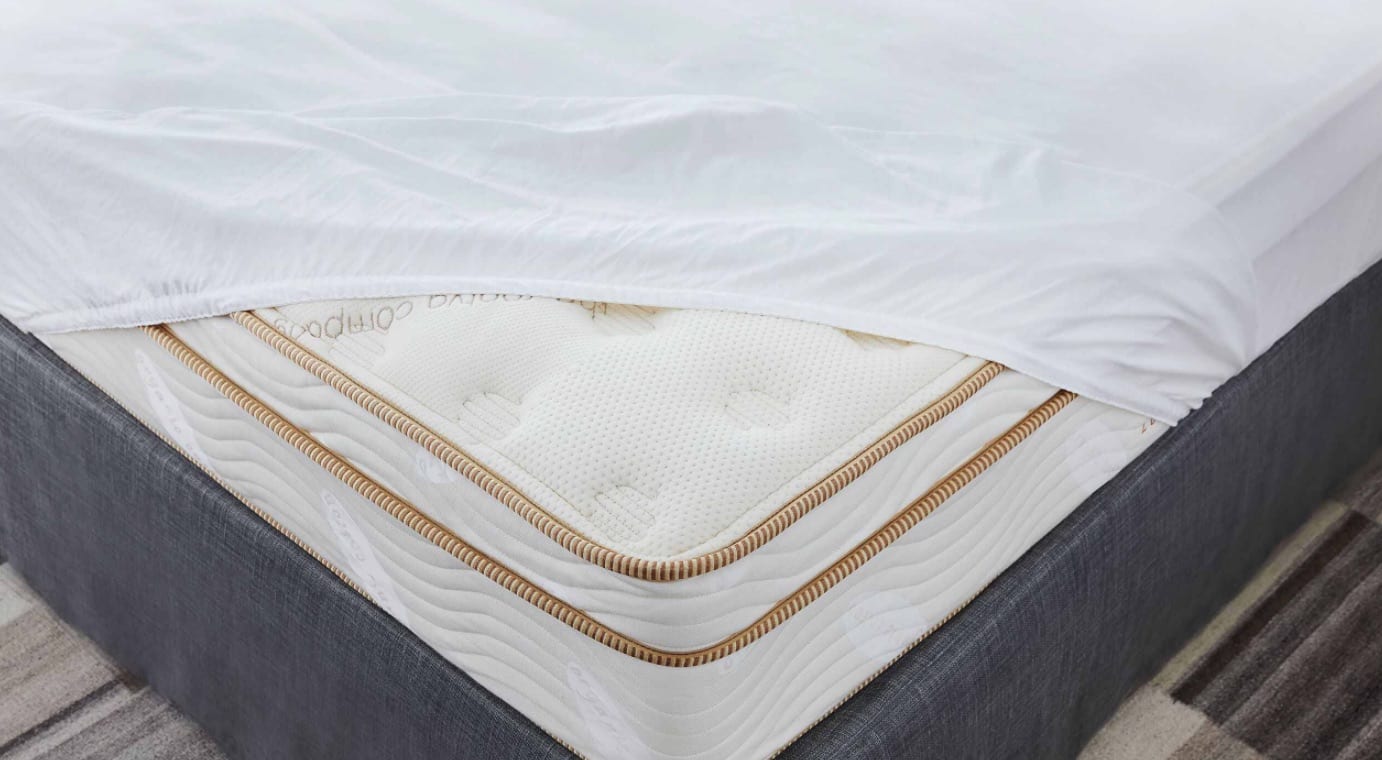
- Know the size of your mattress: When you go shopping for a mattress pad, make sure you know the exact size of your mattress. This will help you to get the right size of mattress pad for your bed.
- Choose the right material: Mattress pads are available in different materials such as cotton, polyester, and memory foam. Each material has its own benefits and drawbacks. Choose a material that meets your needs and preferences.
- Check the thickness: Mattress pads come in different thicknesses. Choose a pad that is thick enough to provide enough comfort and support for your mattress.
- Check the warranty: Most mattress pads come with a warranty. This is important to ensure that you are getting a quality product that will last for a long time.
- Check the price: Mattress pads can range in price from a few dollars to hundreds of dollars. Choose one that fits your budget and needs.
Care and Maintenance of Mattress Pads
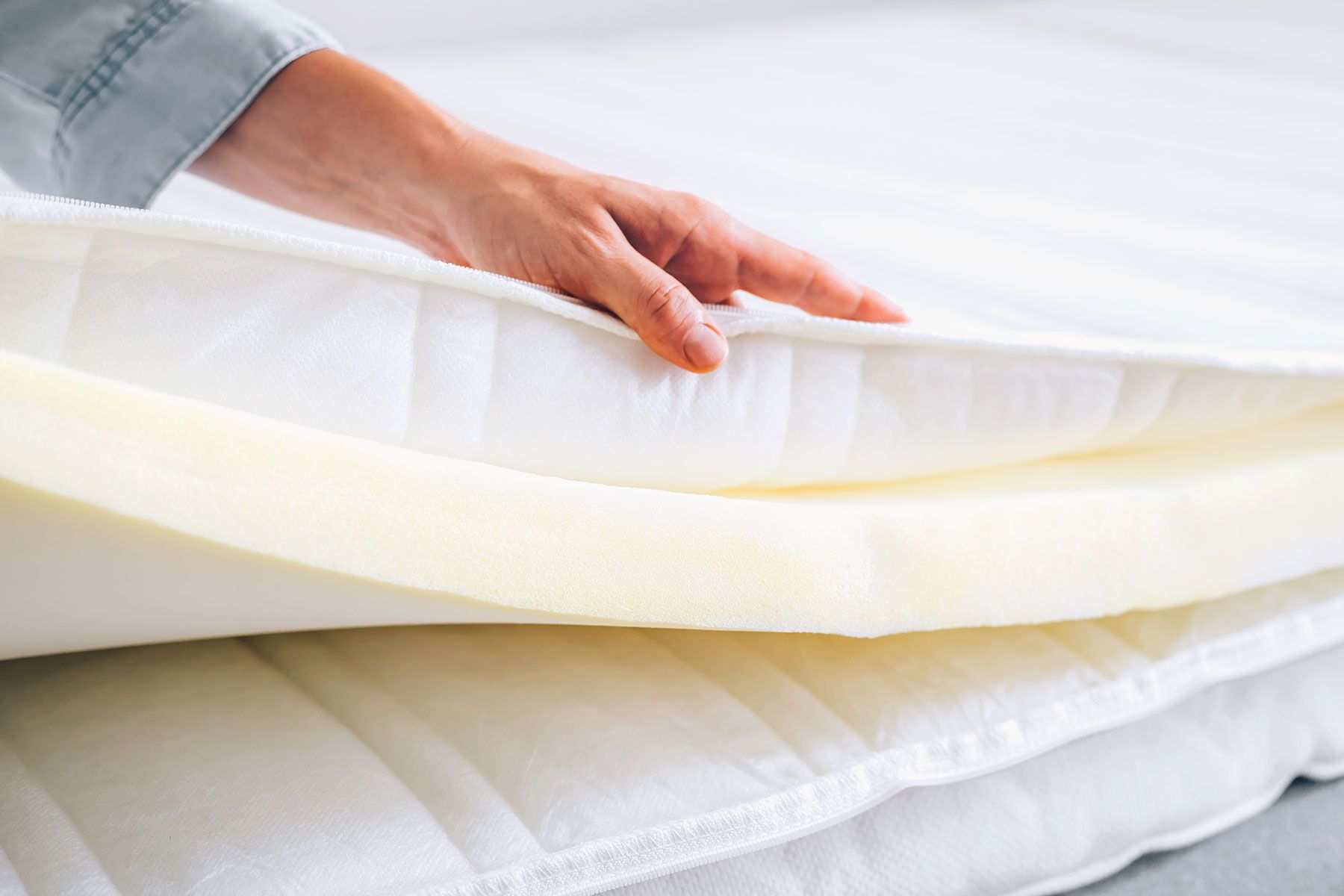
- Rotate and flip: Rotating and flipping your mattress pad every three months helps to keep the filling evenly distributed and can help extend the life of your mattress pad.
- Cleaning: Most mattress pads can be machine-washed in cold water with a mild detergent. Avoid using bleach or fabric softener on your mattress pad.
- Drying: Dry your mattress pad on low to medium heat, and make sure it’s completely dry before putting it back on the bed. To help reduce static electricity, add a dryer sheet to the load.
- Storing: When not in use, store your mattress pad in a cool, dry place. If it’s going to be in storage for an extended period of time, make sure to wrap it in a breathable fabric such as cotton or muslin to keep it clean and dust-free.
Cost of Mattress Pads
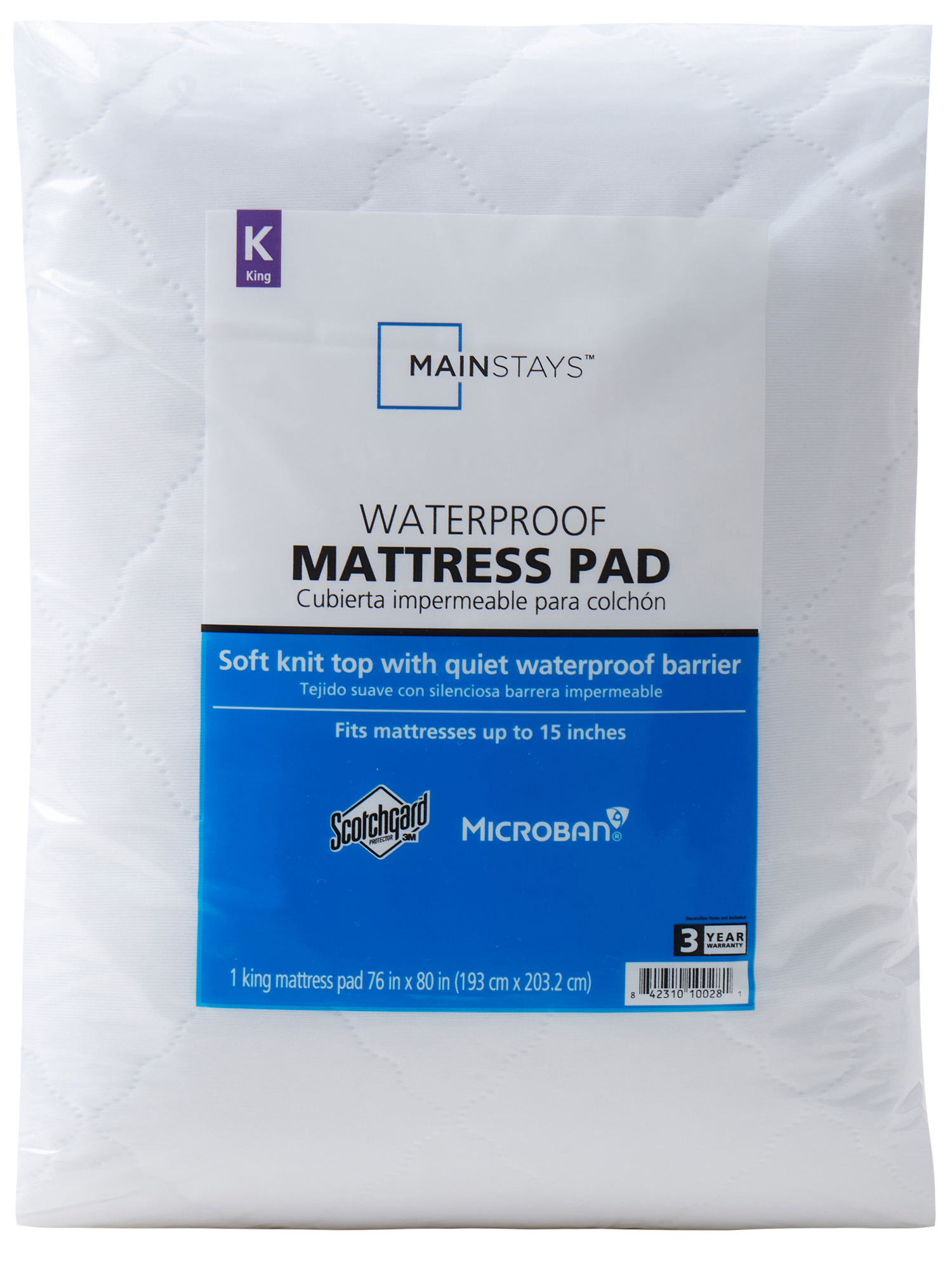
Mattress pads are available in a range of prices, depending on size, material and features. Generally, prices range from $20 – $200. A mattress pad can be a great investment in your sleep comfort, and there are many features to consider when making your selection:
- Size: Mattress pads come in a variety of sizes, including Twin, Full, Queen, King, and California King.
- Material: Mattress pads can be made from a variety of materials, including cotton, wool, and memory foam.
- Features: Mattress pads can have a variety of features, such as temperature-regulating technology, waterproofing, and anti-allergen materials.
It’s important to choose a mattress pad that is the right size for your mattress and offers the features you need. Higher-end mattress pads may be more expensive, but they often provide better comfort, support, and durability.
Alternatives to Mattress Pads
If you’re looking for a different way to protect your mattress and add extra comfort, there are several alternatives to mattress pads. Here are some of the most popular options:
- Mattress Protectors:
-
- Mattress protectors are a great way to keep your mattress clean and free from allergens and dust mites. They are highly breathable, waterproof and hypoallergenic, providing a hygienic layer of protection to your mattress.
-
- Mattress Toppers: Mattress toppers are made of thick foam, latex, or fiberfill material that is placed on top of a mattress to provide an added layer of cushioning and support. They are designed to make your mattress more comfortable and to provide extra cushioning.
-
- Fitted Sheets: Fitted sheets are designed to fit around your mattress and provide a barrier against dirt, dust and allergens. They are usually made of cotton or polyester and come in a range of colors and patterns.
- Bed Skirts: Bed skirts are a great way to add a decorative touch to your bed. They are usually made of cotton or a blend of cotton and polyester and come in a variety of colors and patterns.
No matter which alternative you choose, you should ensure that it is specifically designed for the mattress that you have. Different mattresses require different types of protection, and some materials may not be suitable for certain mattresses.
Frequently Asked Questions
What are the Different Types of Mattress Pads?
Mattress pads come in a variety of materials, sizes, and thicknesses, offering unique benefits for any mattress. The most common types include:
- Memory foam pads provide extra cushioning, support, and pressure relief for sleepers.
- Latex pads are a great option for those looking for a breathable and supportive mattress pad.
- Fiberfill pads are lightweight and often machine-washable.
- Featherbeds provide extra cushioning and support with the added benefit of being hypoallergenic.
- Quilted pads are the most common mattress pad, featuring a quilted design to provide extra cushioning and comfort.
How can a mattress pad help improve sleep quality?
Mattress pads are an essential bedroom accessory that can help improve sleep quality. They offer a layer of cushioning that is designed to provide superior comfort and support, which can lead to improved sleep and reduced aches and pains. Mattress pads can also help reduce motion transfer, providing a more stable sleeping surface and reducing the disruption of a partner’s movements. Additionally, a mattress pad can help to protect the mattress from dirt, sweat, and bacteria, increasing its longevity. Finally, mattress pads can provide extra warmth, making the bed more cozy and comfortable.
Is a Mattress Pad Necessary for a Good Night’s Sleep?
A mattress pad is a great way to add an extra layer of comfort and protection to your mattress. It can help extend the life of your mattress, improve sleep quality, and provide a more comfortable sleeping surface. Many mattress pads also come with additional benefits like moisture-wicking, temperature regulation, and dust mite protection. Investing in a mattress pad can be a great way to make sure you get the best night’s sleep.
How often should a mattress pad be replaced?
A mattress pad should be replaced every 1-2 years to ensure optimal comfort and support while sleeping. It’s important to check your mattress pad regularly for signs of wear, such as tears, rips, or discoloration, and replace it promptly if necessary. Doing so will help you get the most out of your mattress pad and ensure you get a good night’s sleep.
What materials are used in making mattress pads?
Mattress pads are primarily made of fabrics and textiles such as cotton, polyester, and wool. Different materials offer different benefits, so make sure to consider what type of mattress pad will best suit your needs.
Cotton: Cotton is a soft and durable fabric that is breathable and hypoallergenic. Cotton mattress pads provide great comfort and absorbency.
Polyester: Polyester is a lightweight and low-maintenance fabric that is highly resistant to moisture and stains. It is also very affordable and easy to clean.
Wool: Wool is a natural fabric that is both naturally hypoallergenic and anti-microbial. It is very soft and breathable, making it perfect for those who suffer from allergies.
Latex: Latex is a natural material derived from rubber tree sap. It is highly durable, breathable, and has anti-microbial properties. It is also good for those with allergies.
Conclusion
A mattress pad is a great way to upgrade the comfort of your bed, protect the mattress from wear and tear, and even help keep it clean. It’s a simple but effective way to get a better night’s sleep and extend the life of your mattress.
